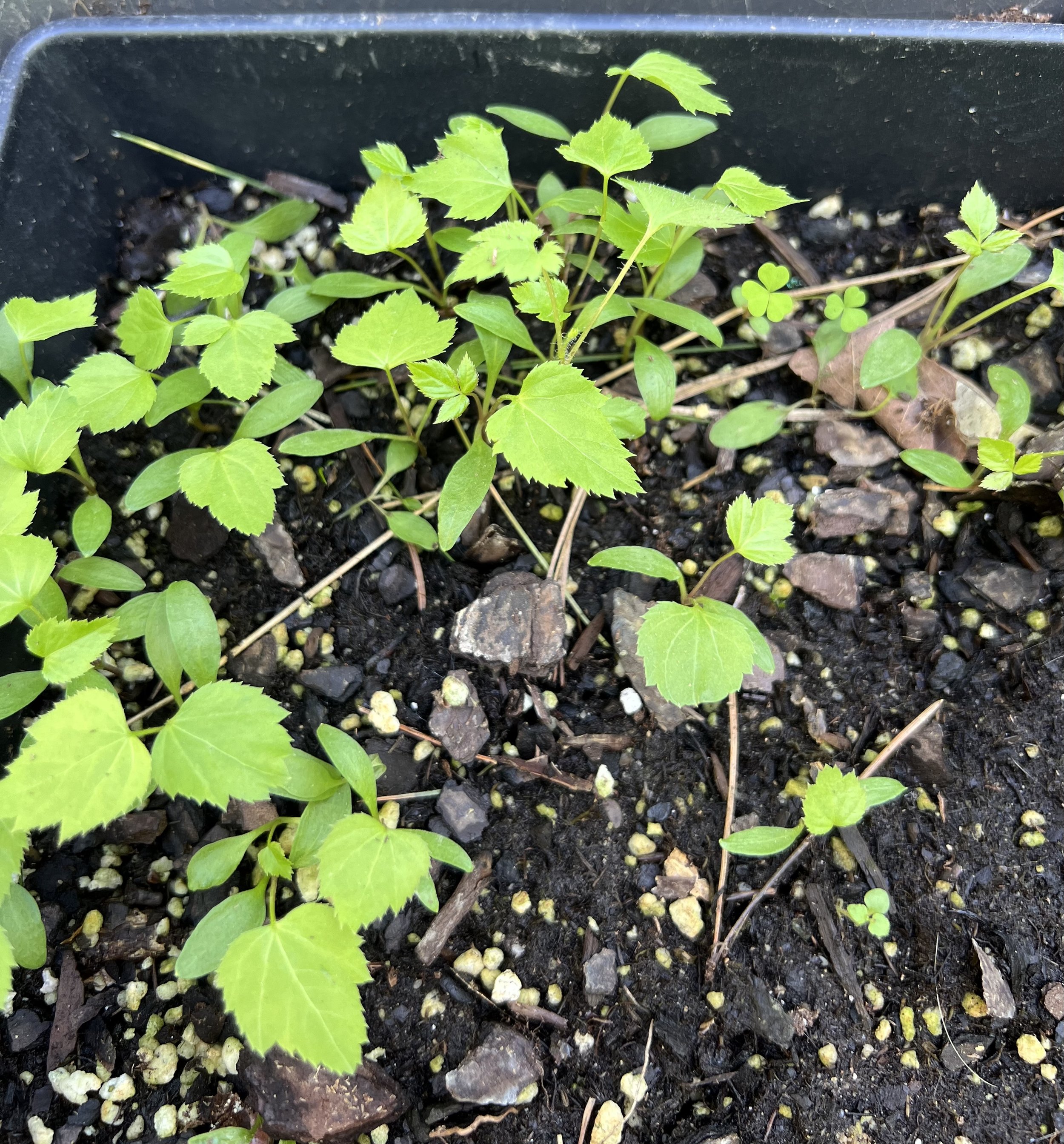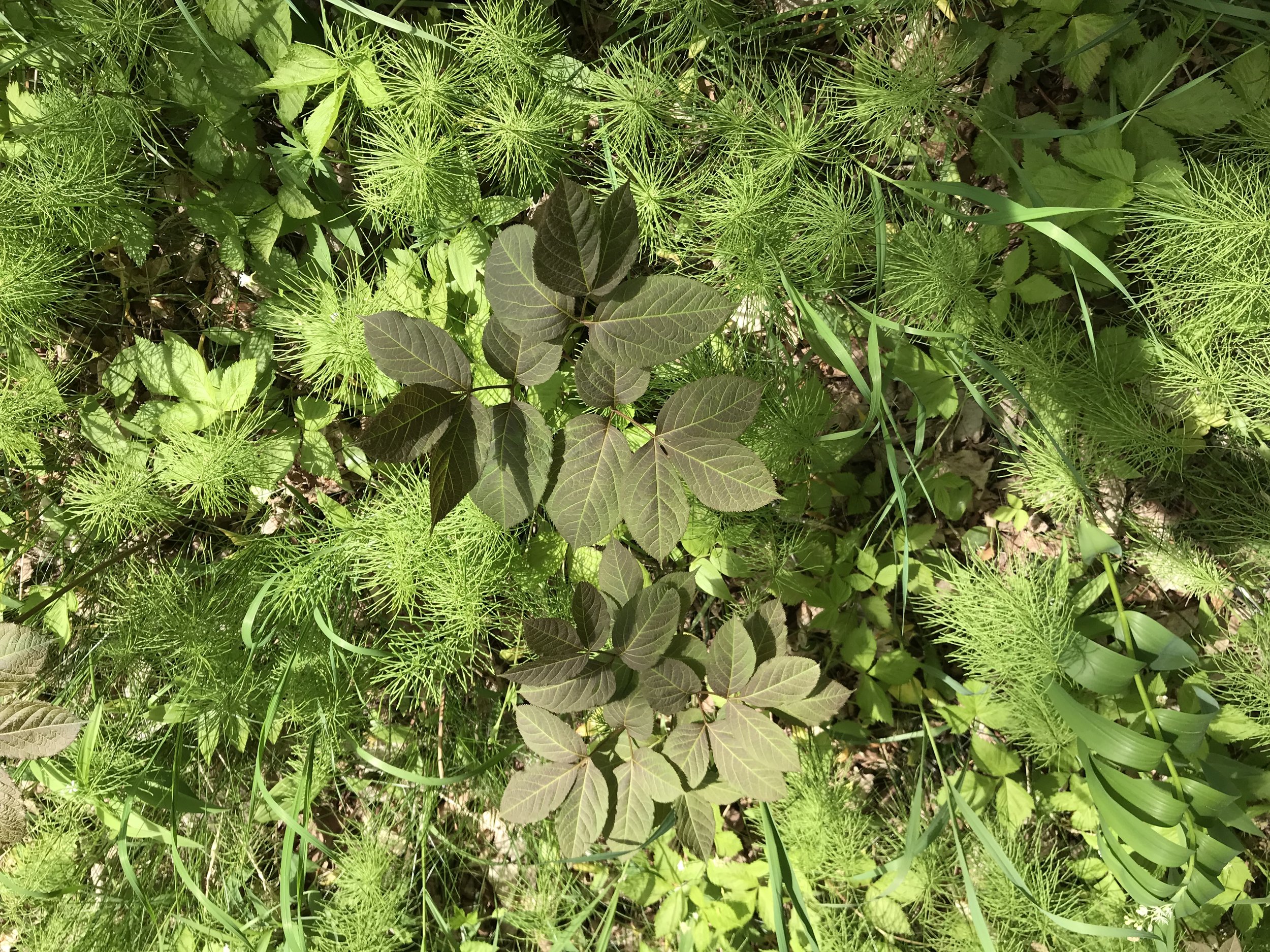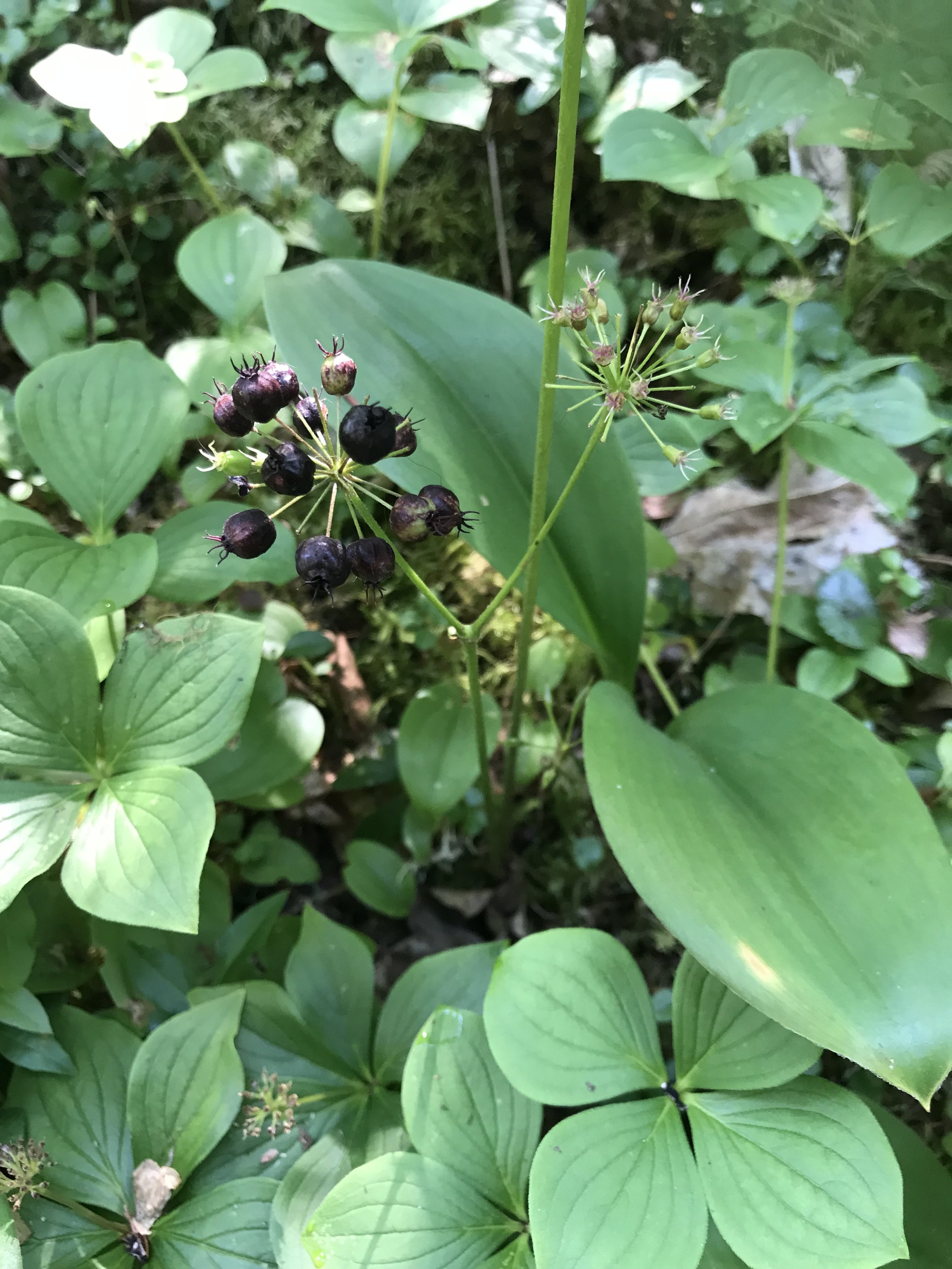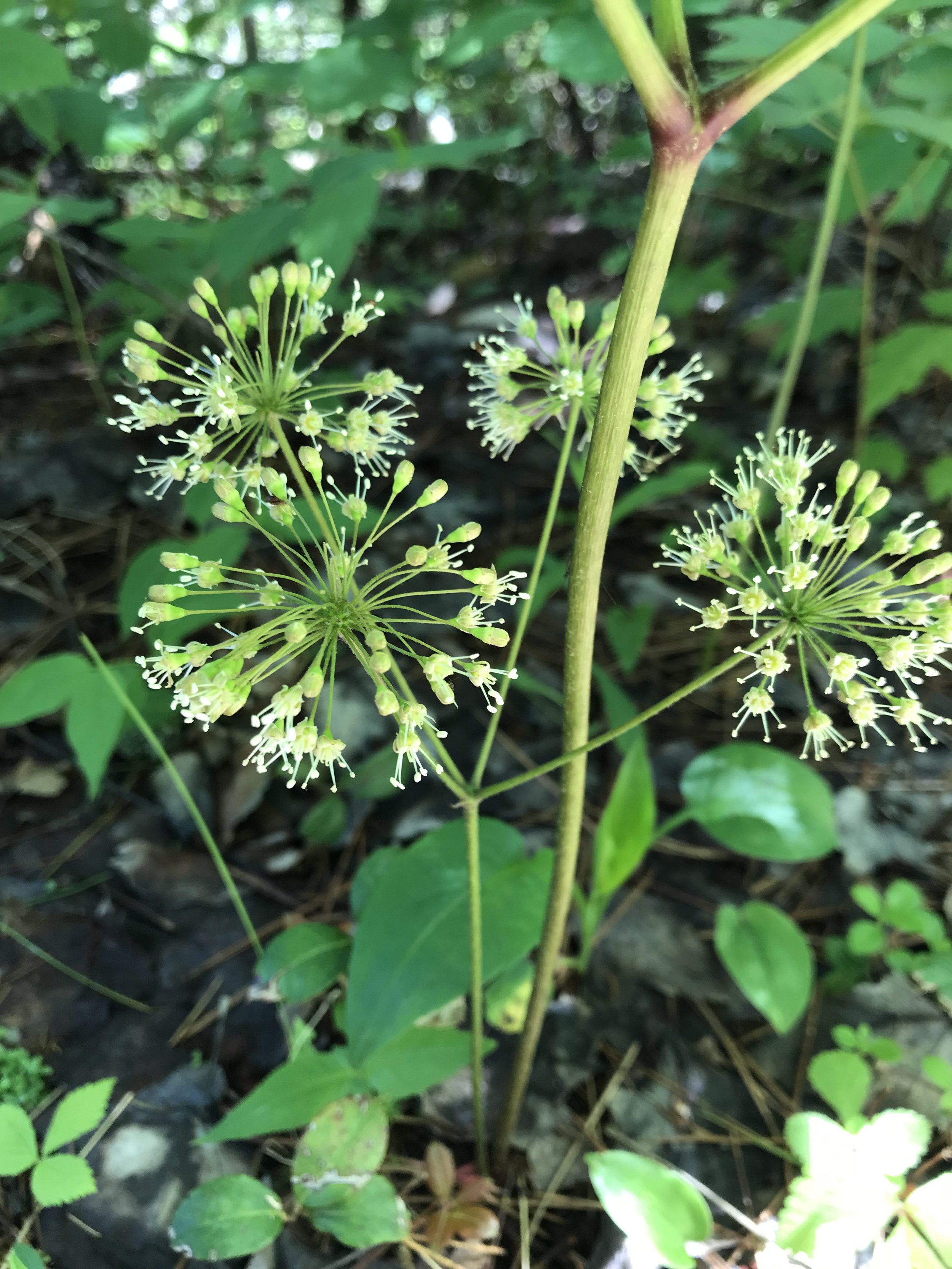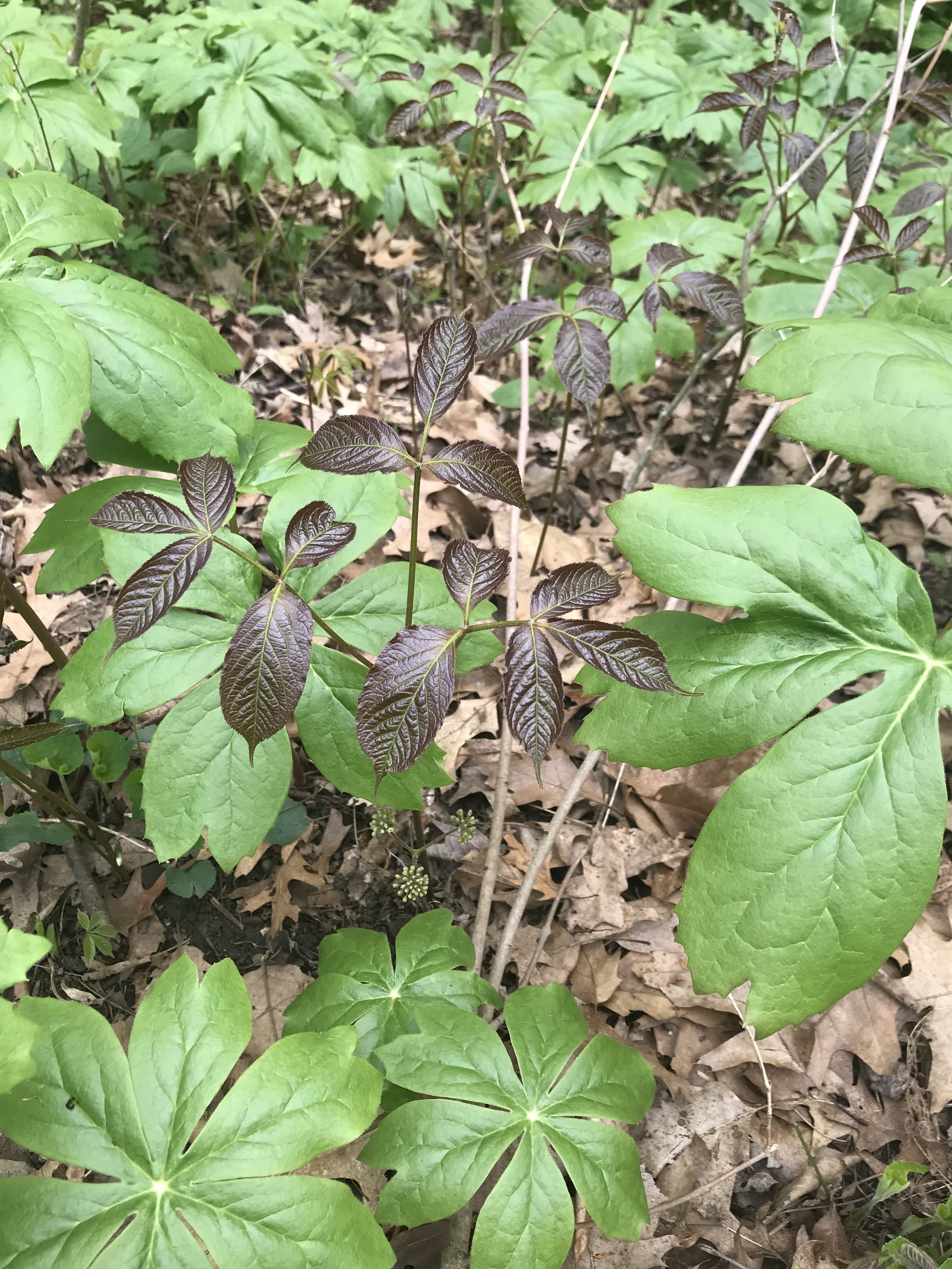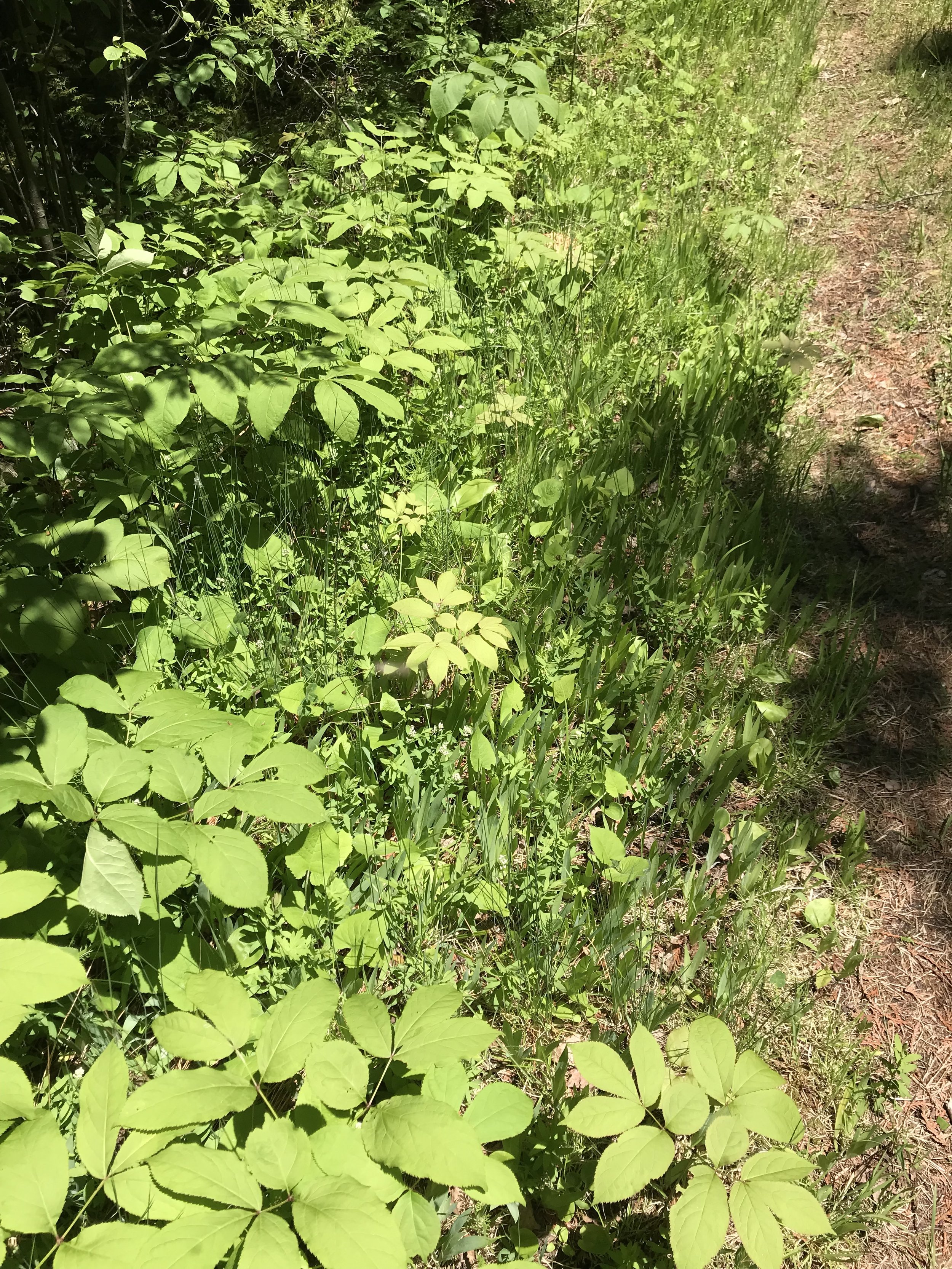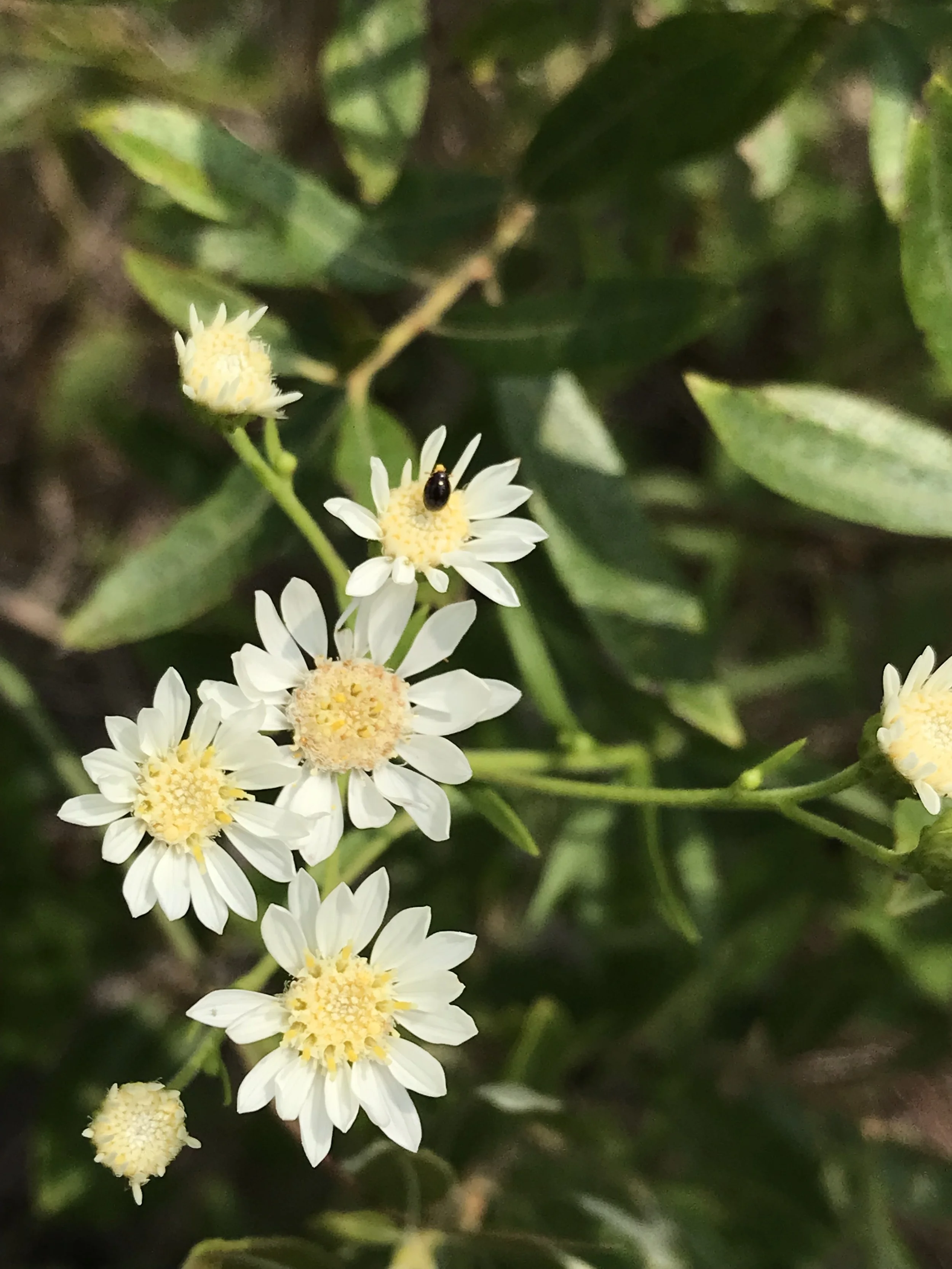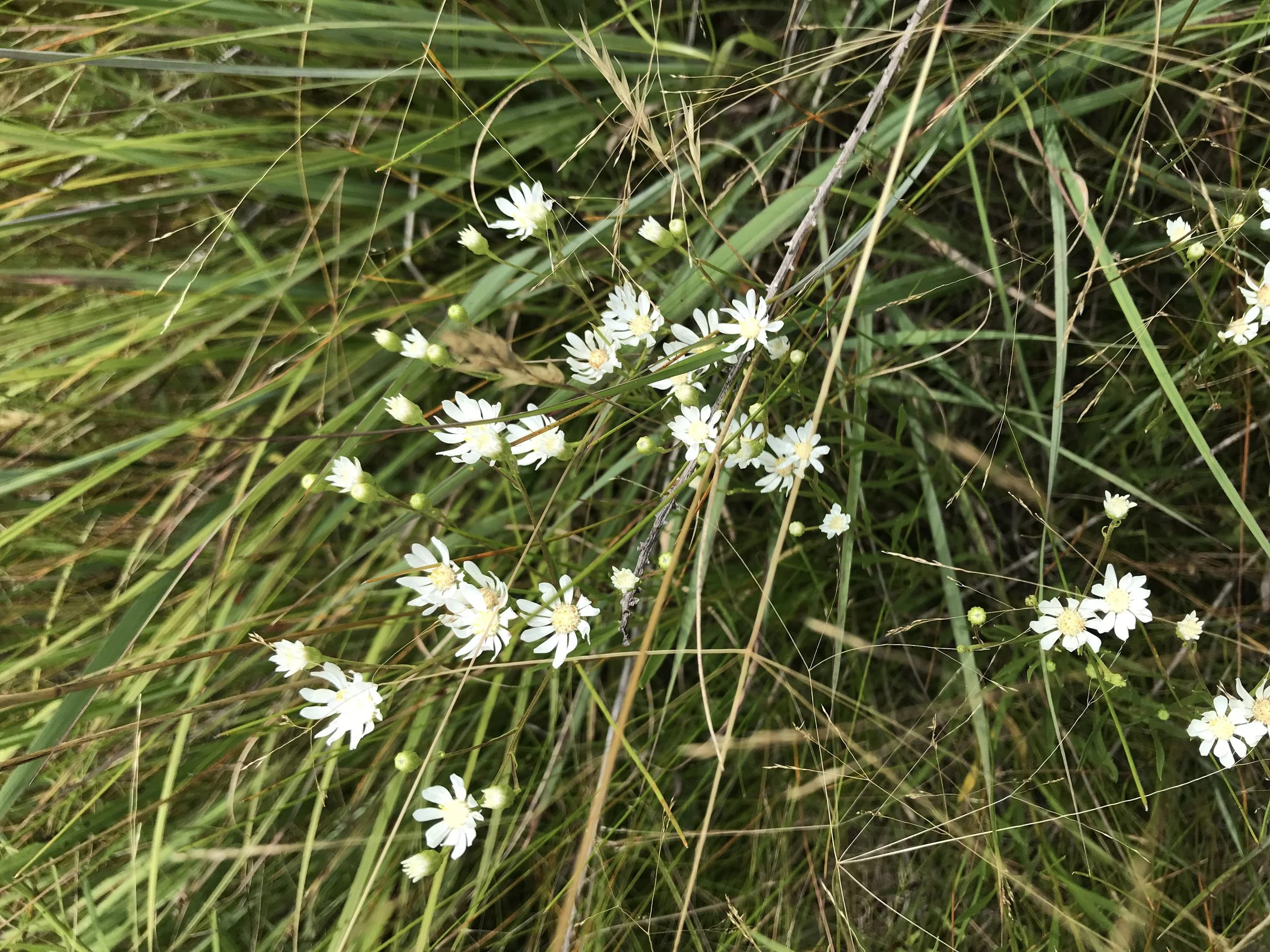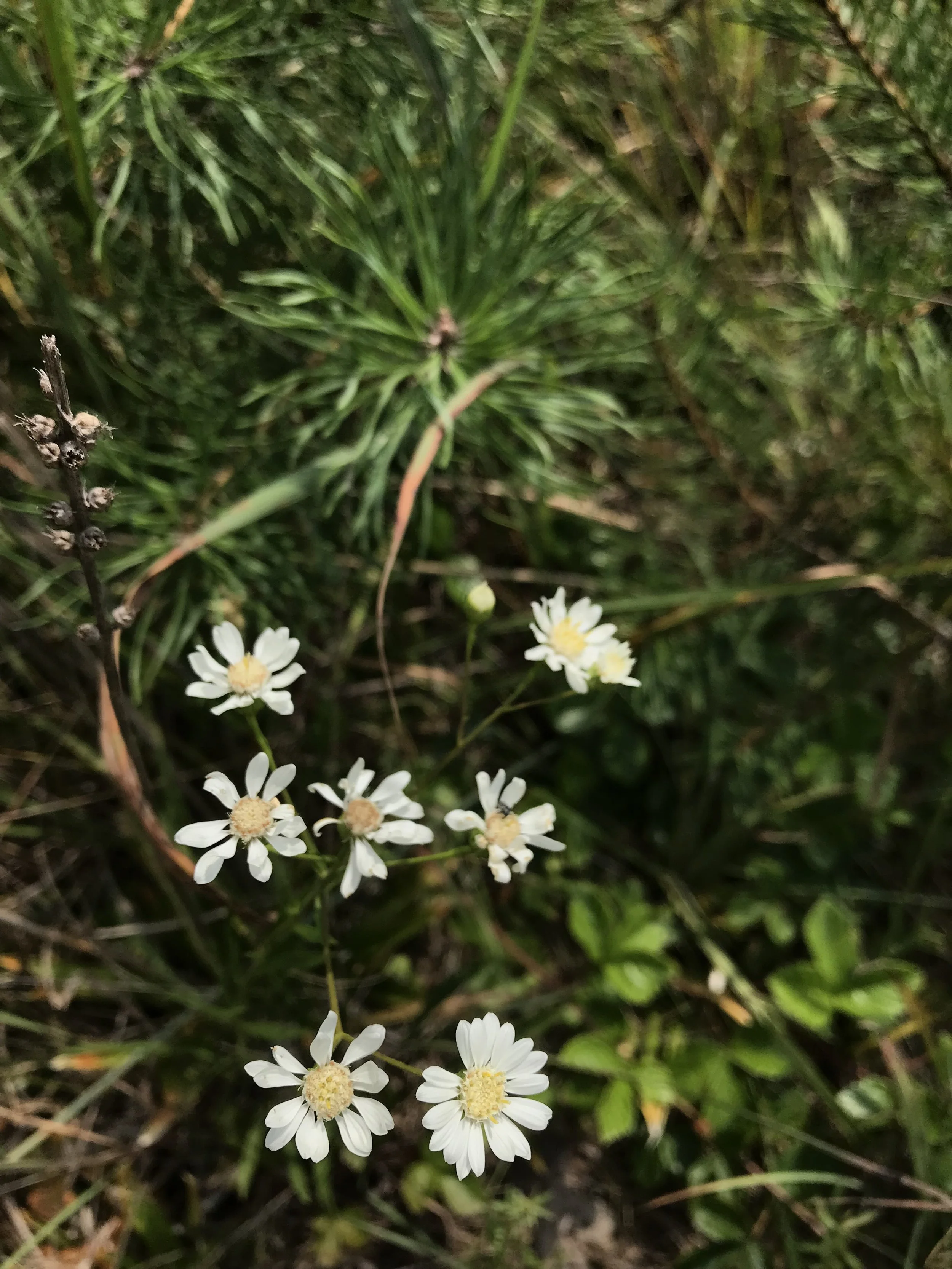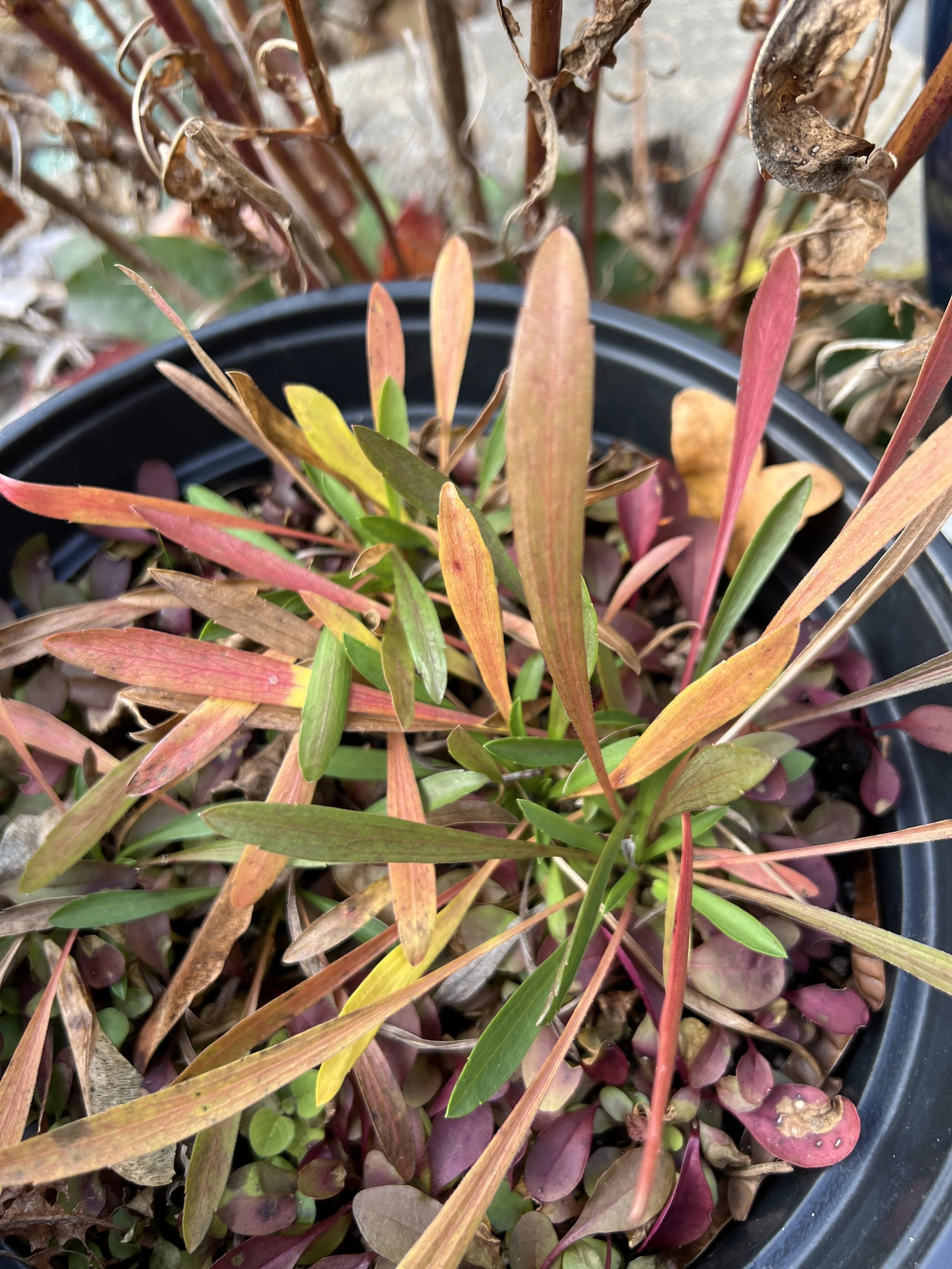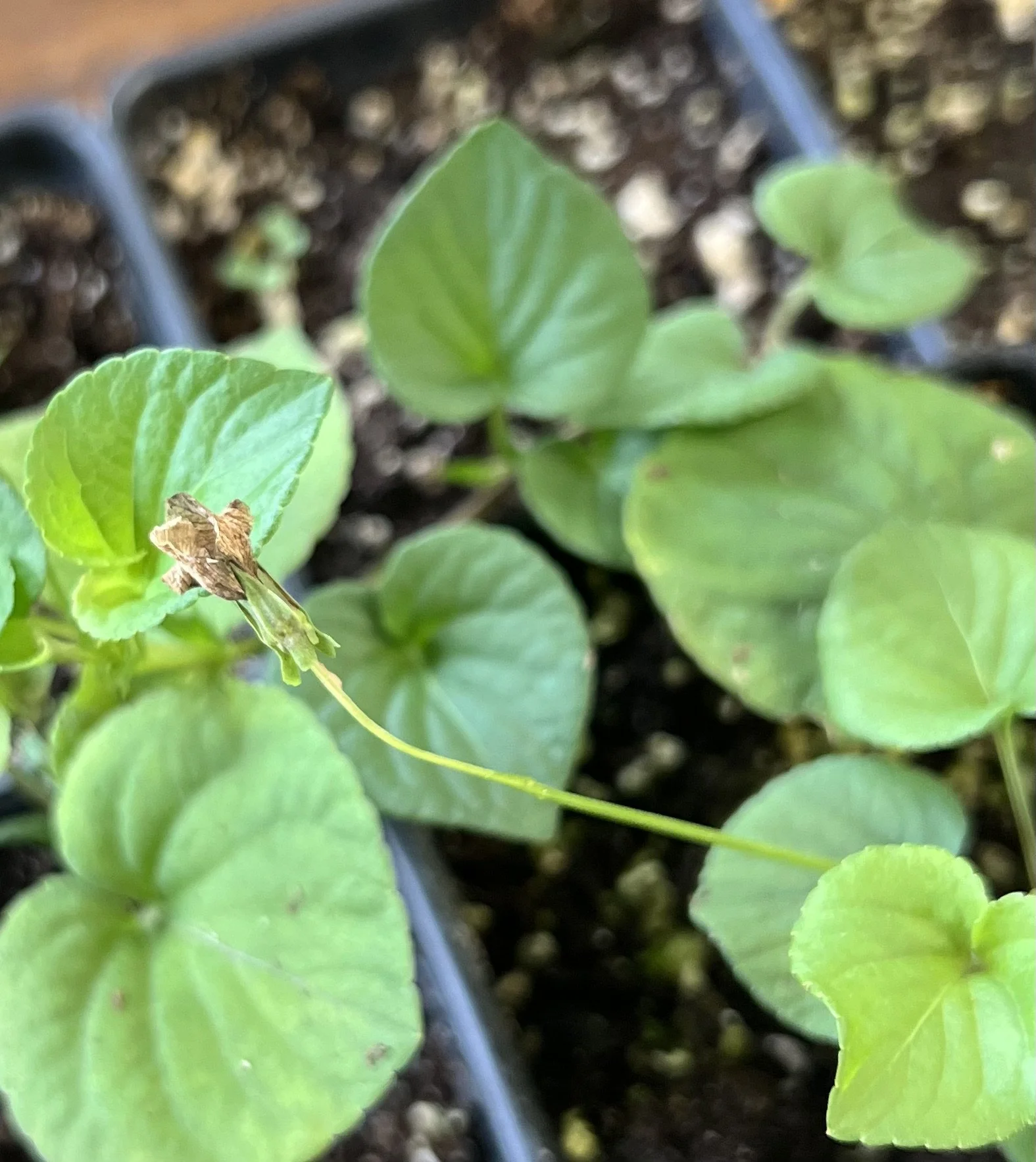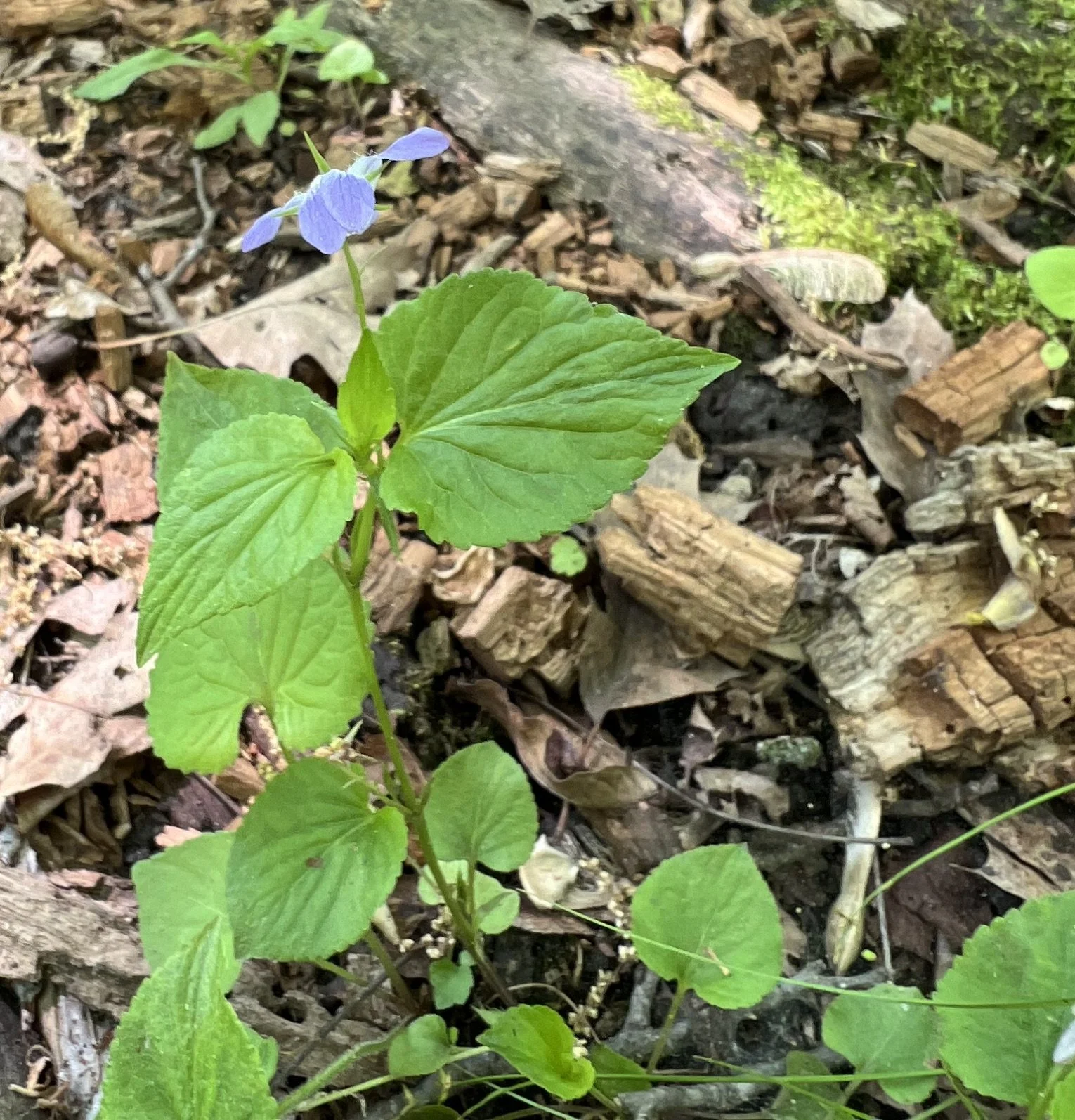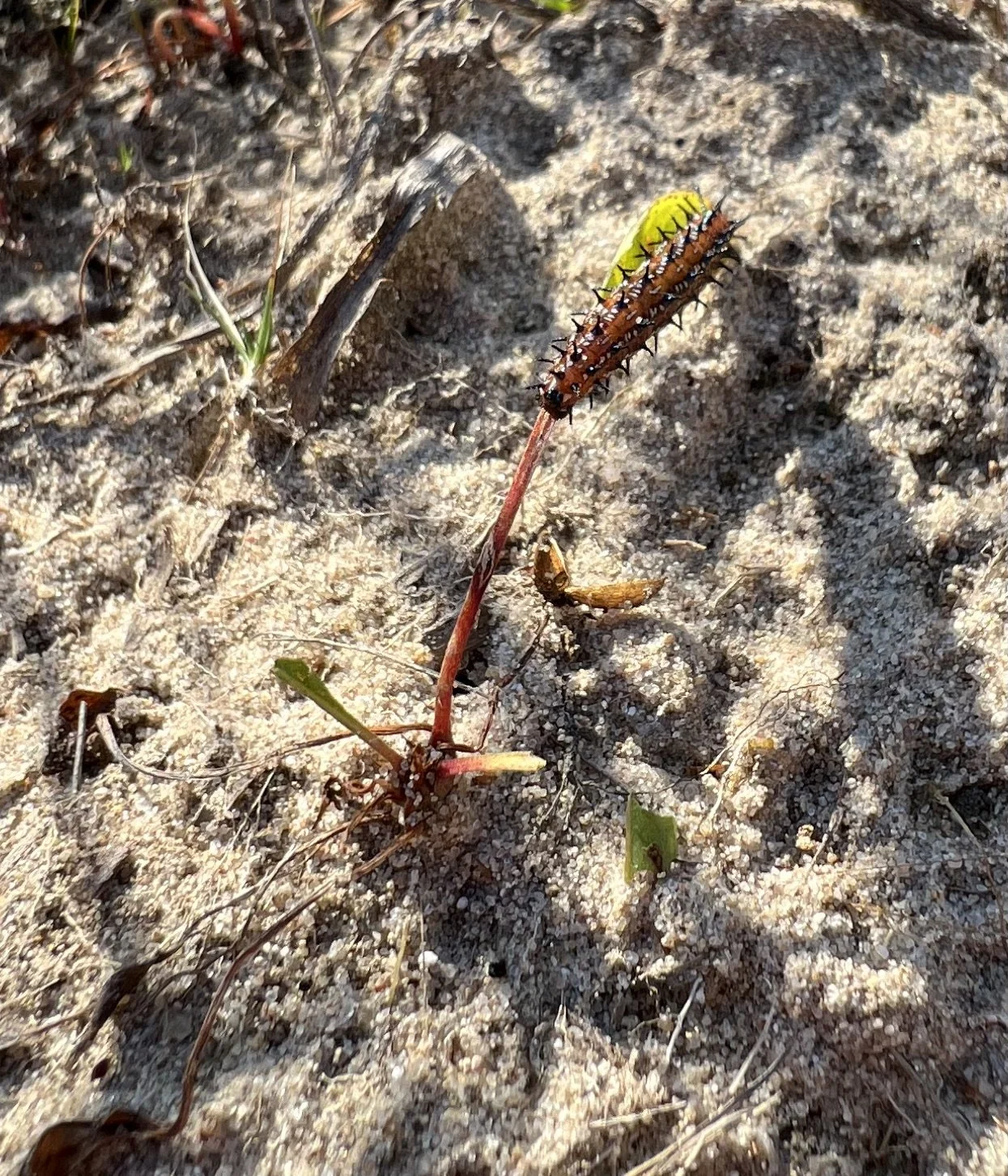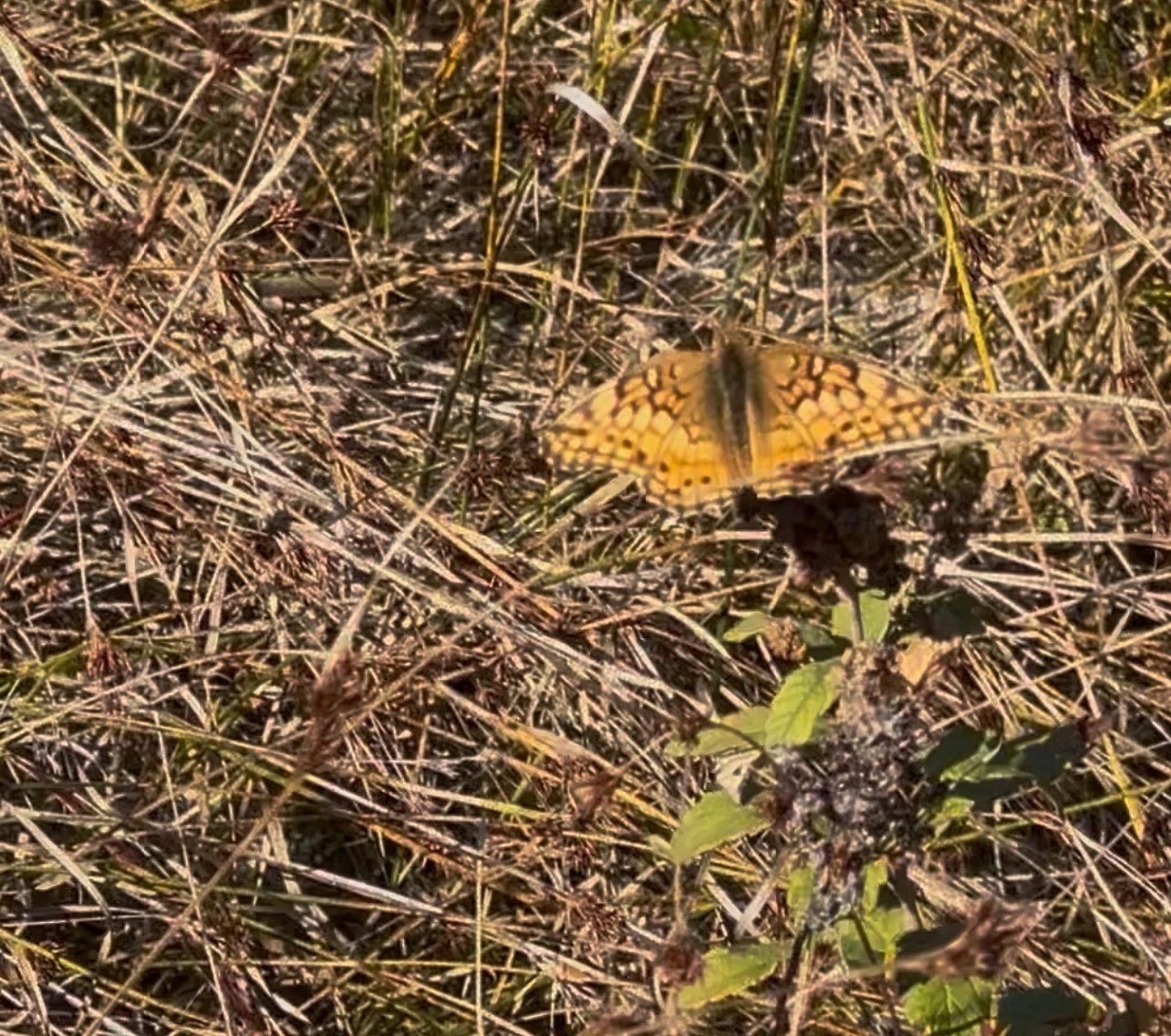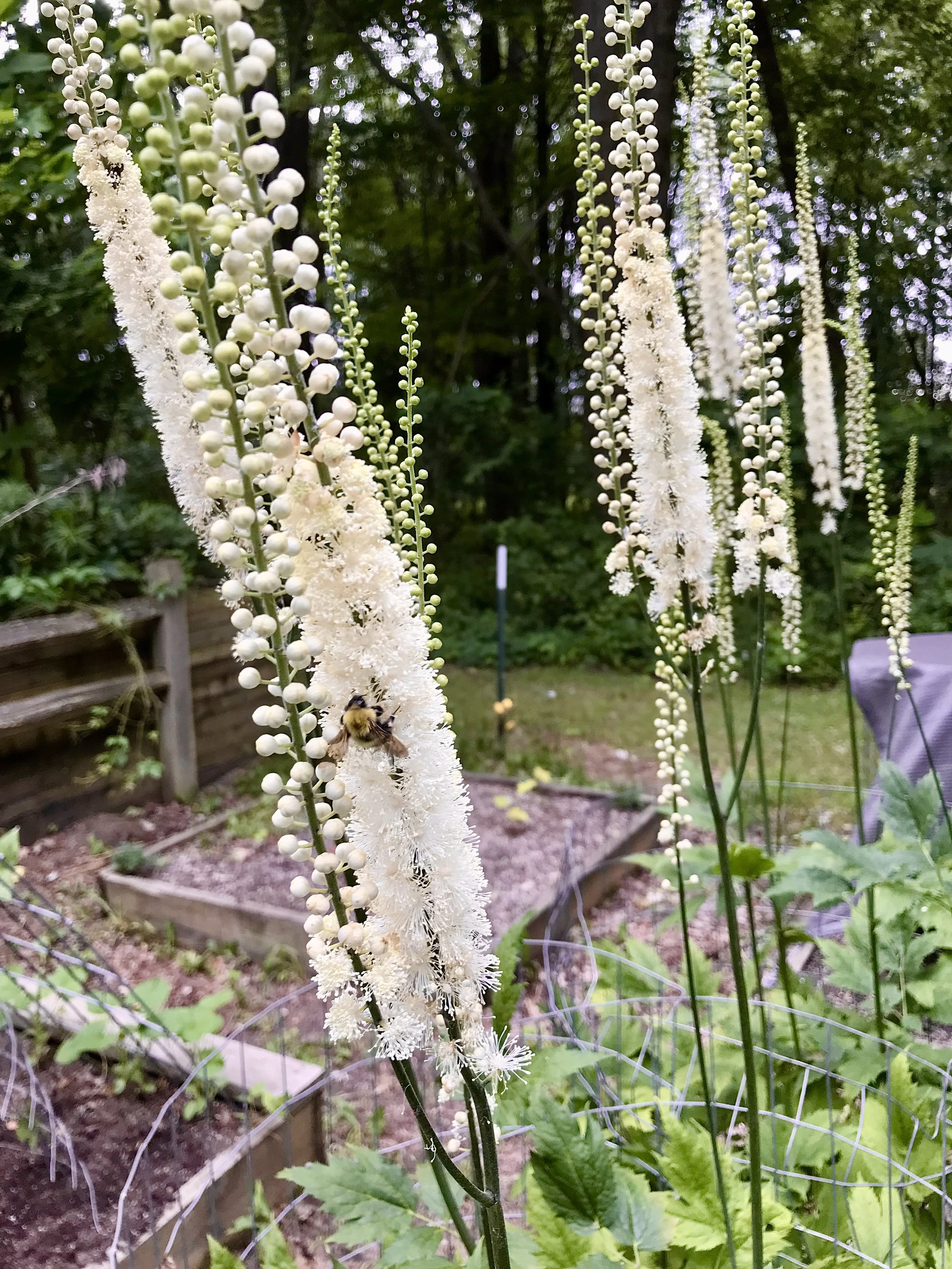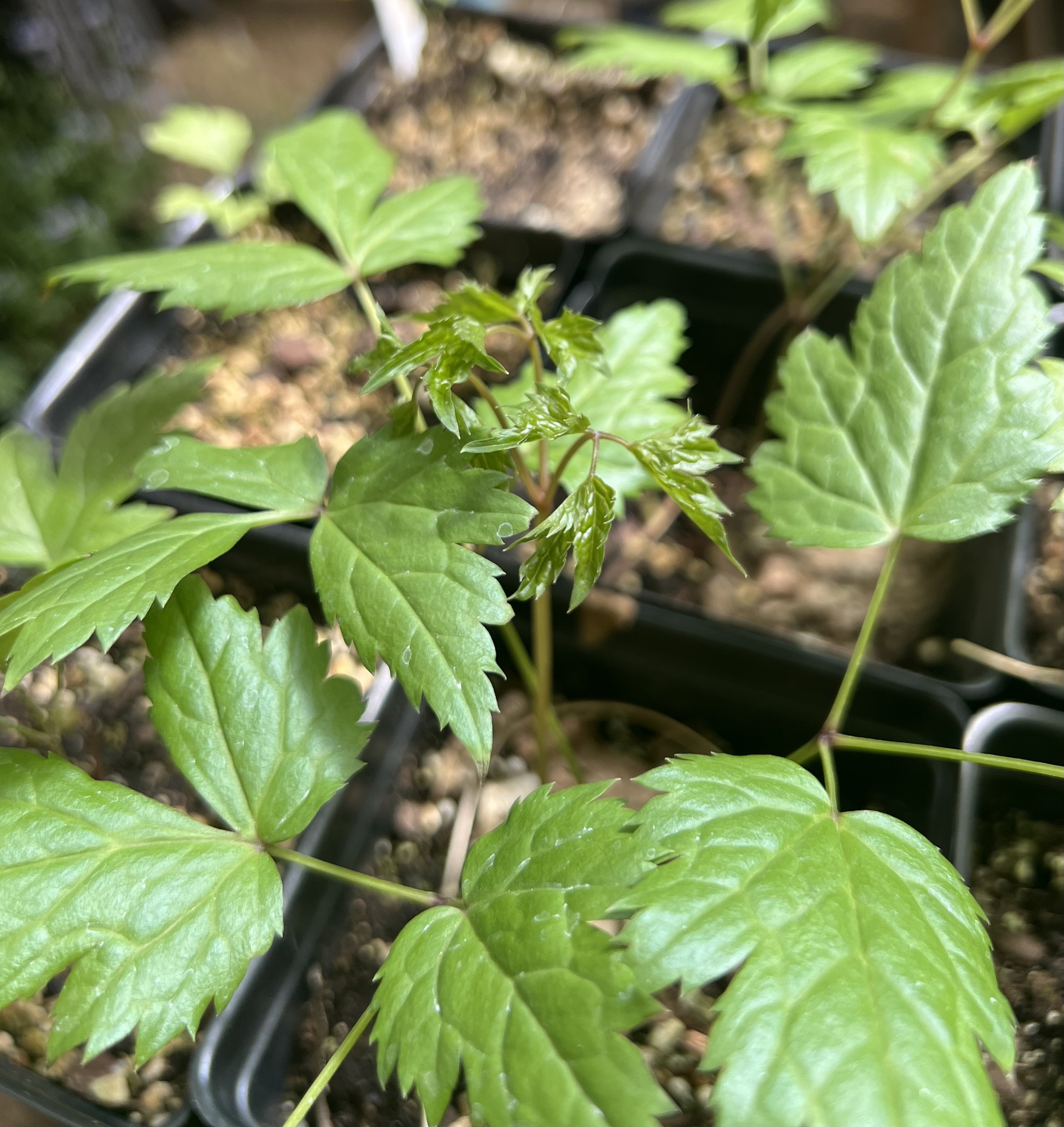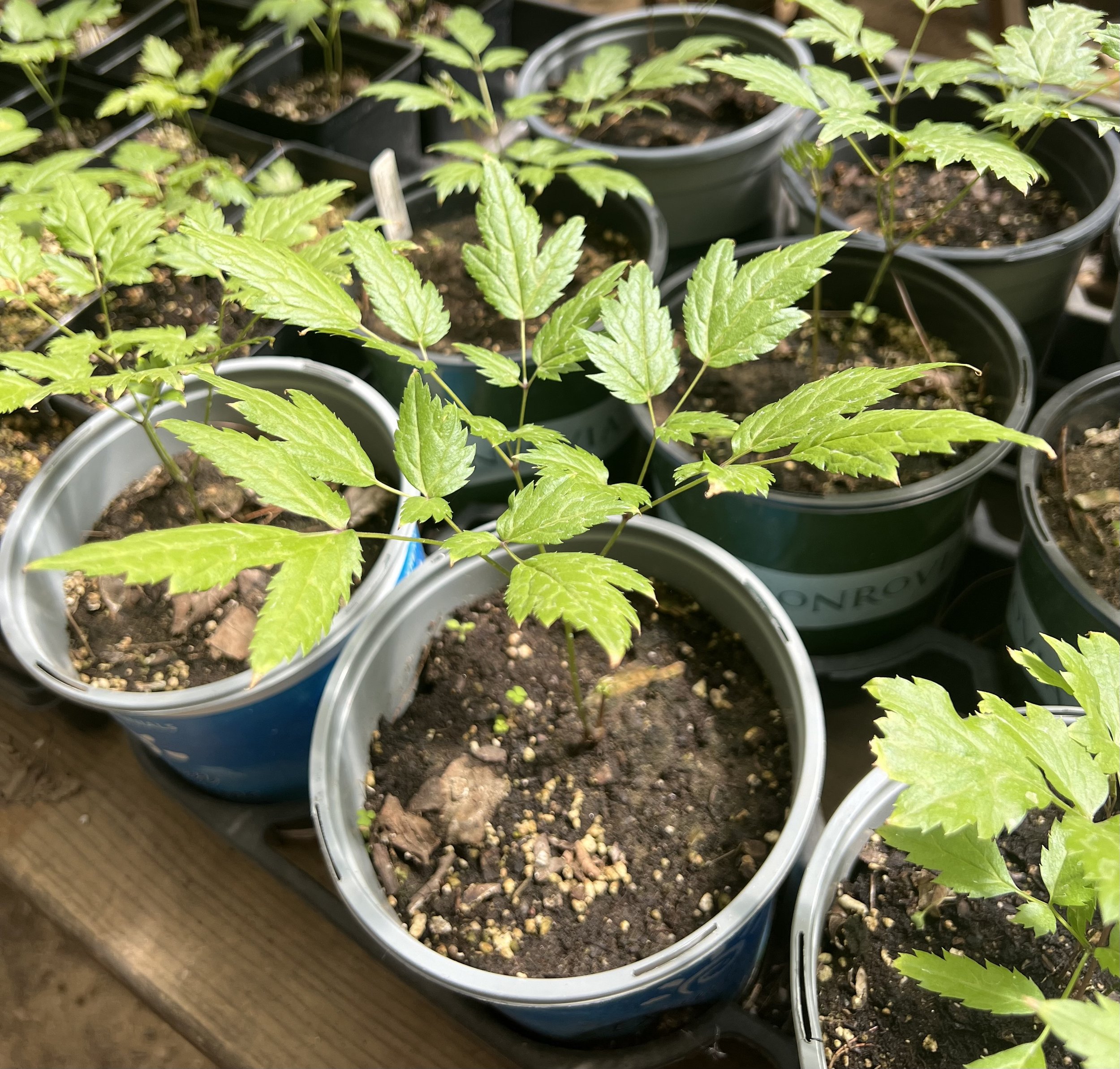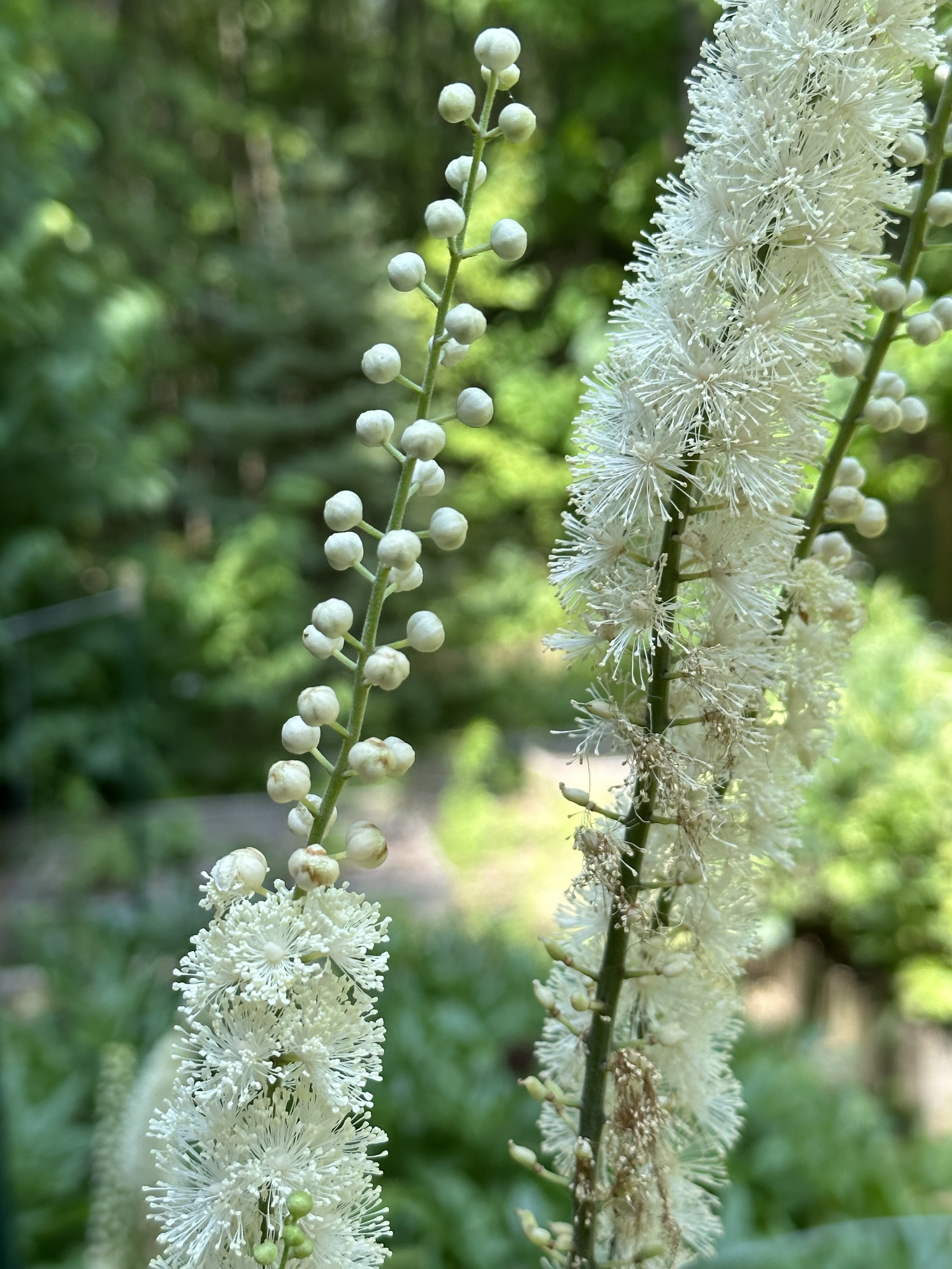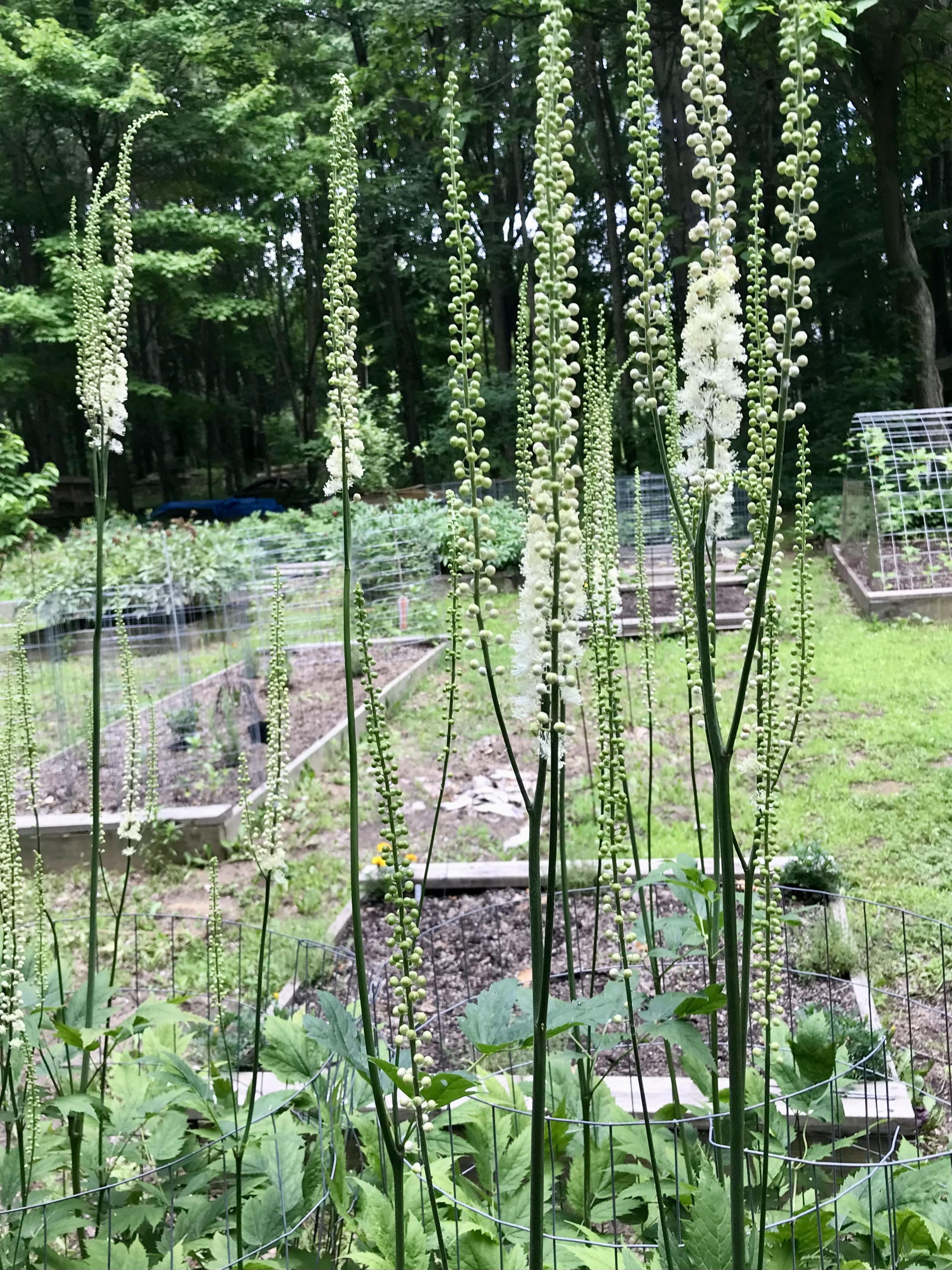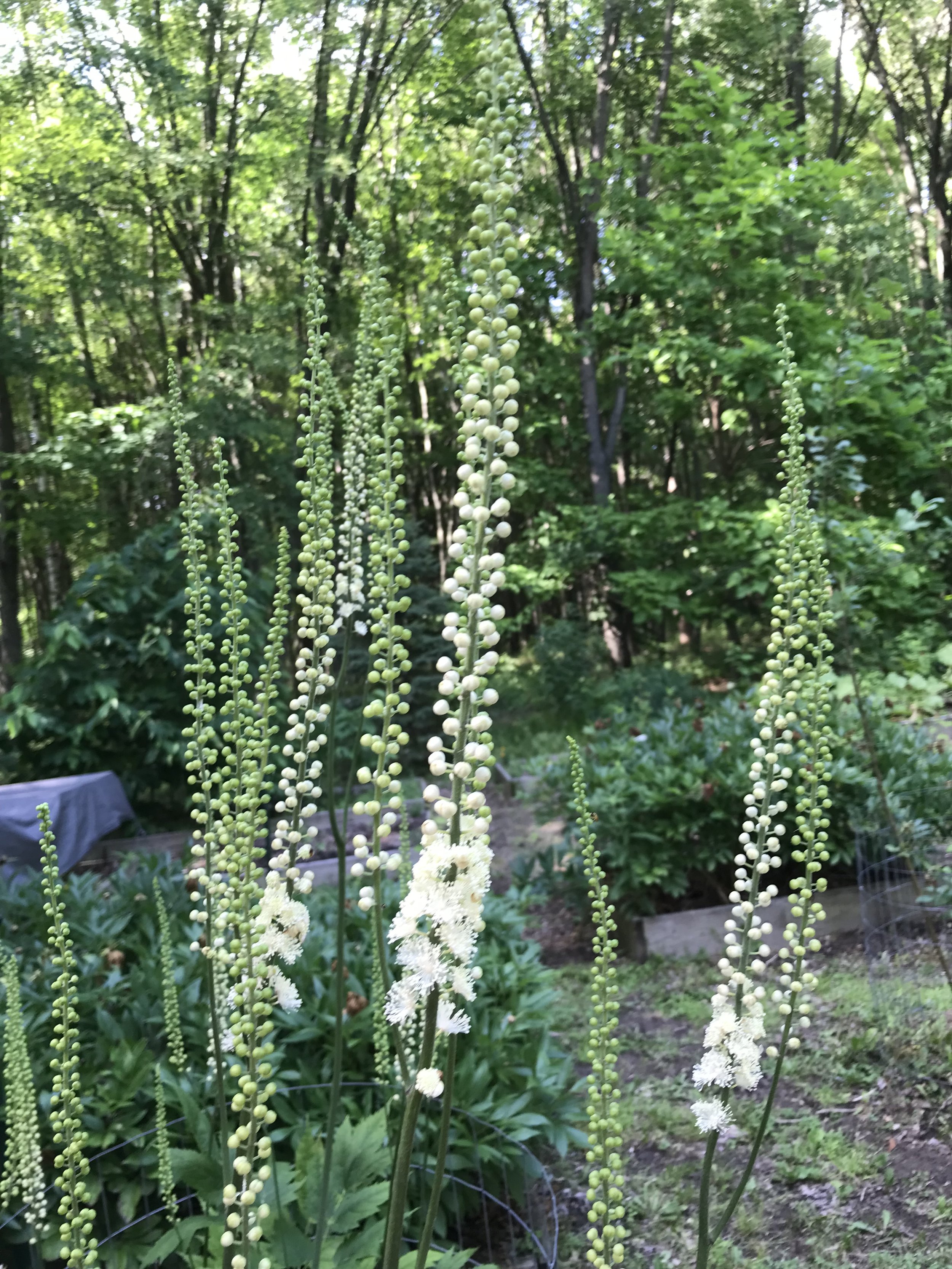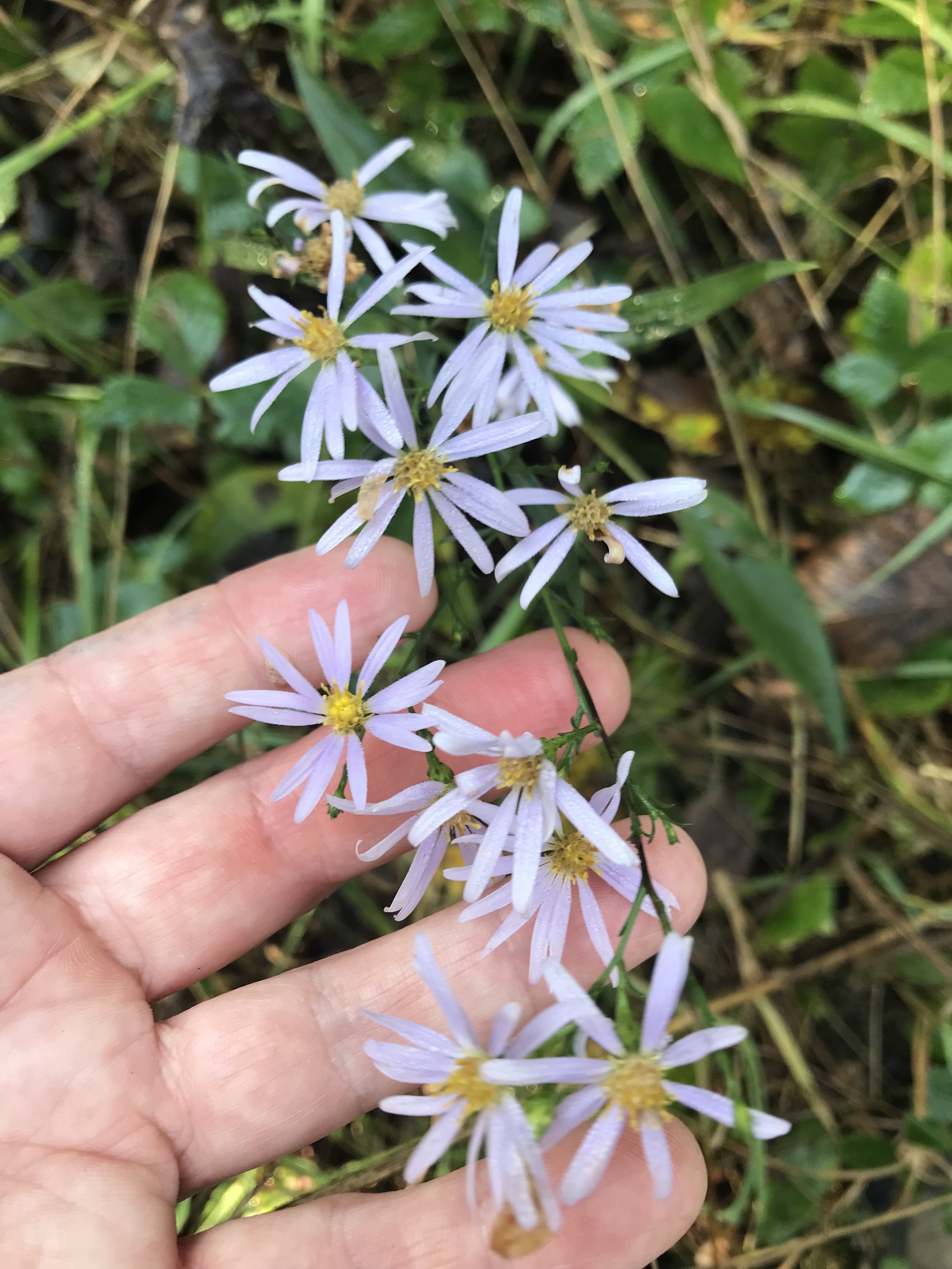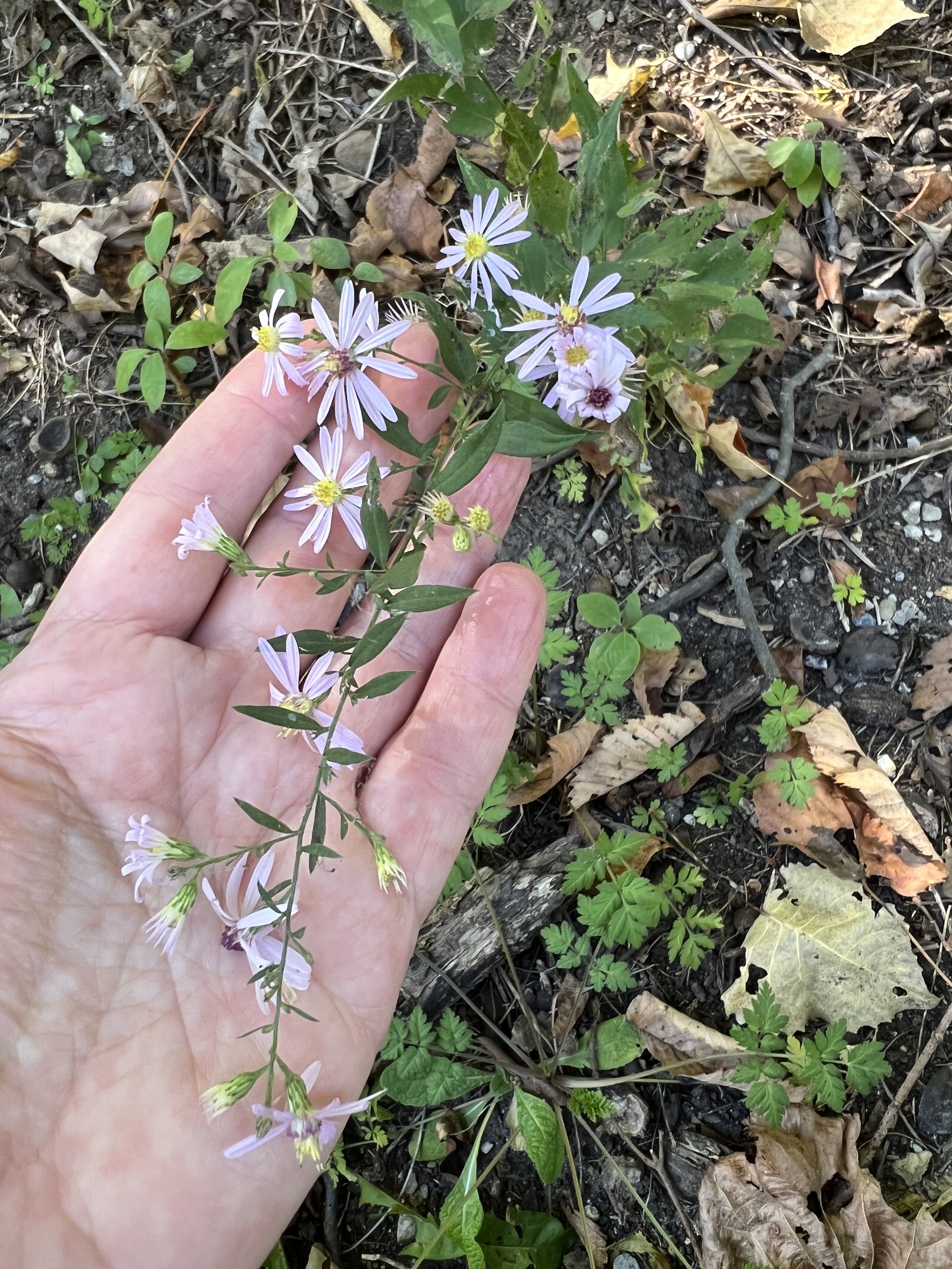 Image 1 of 6
Image 1 of 6

 Image 2 of 6
Image 2 of 6

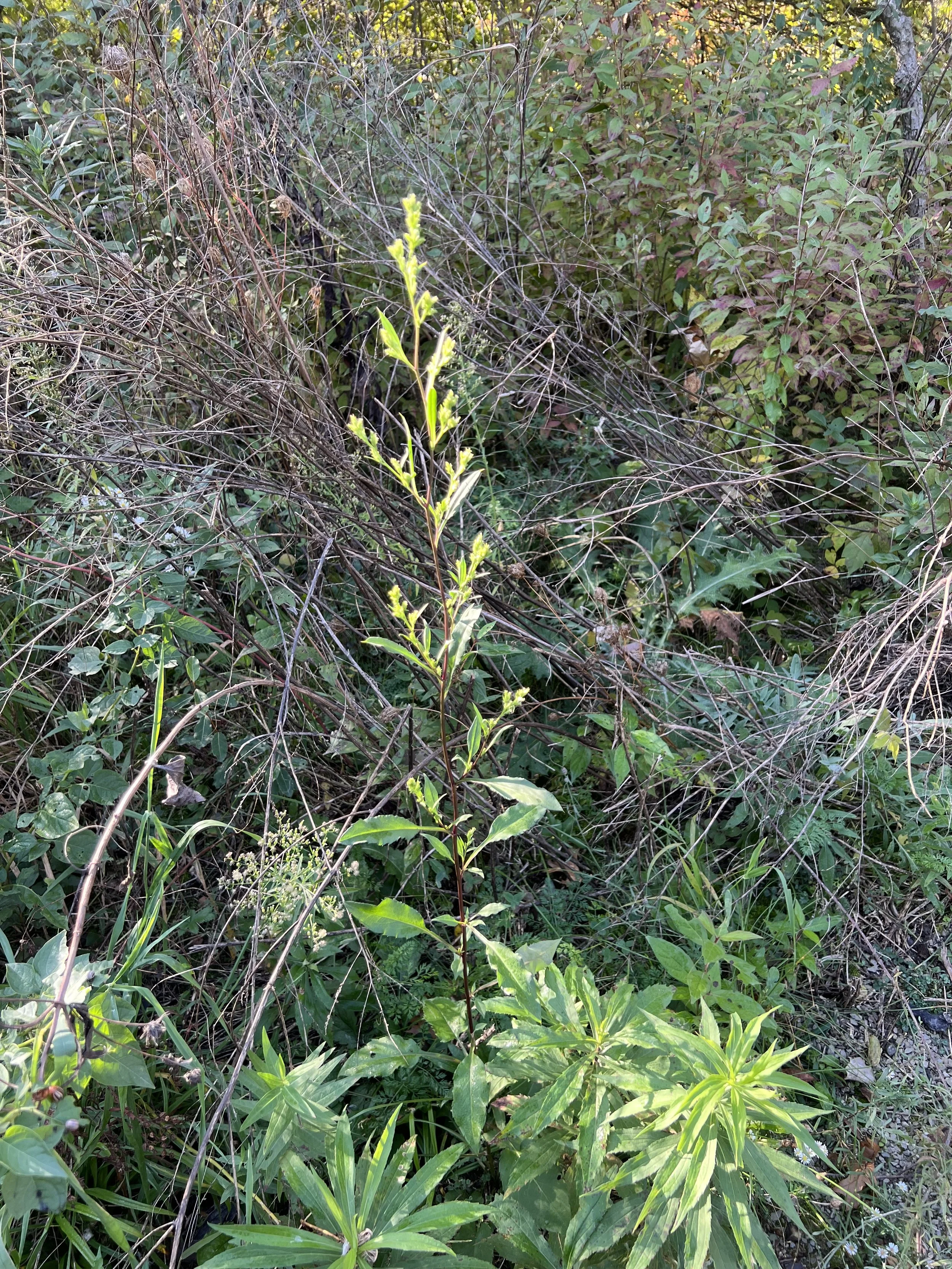 Image 3 of 6
Image 3 of 6

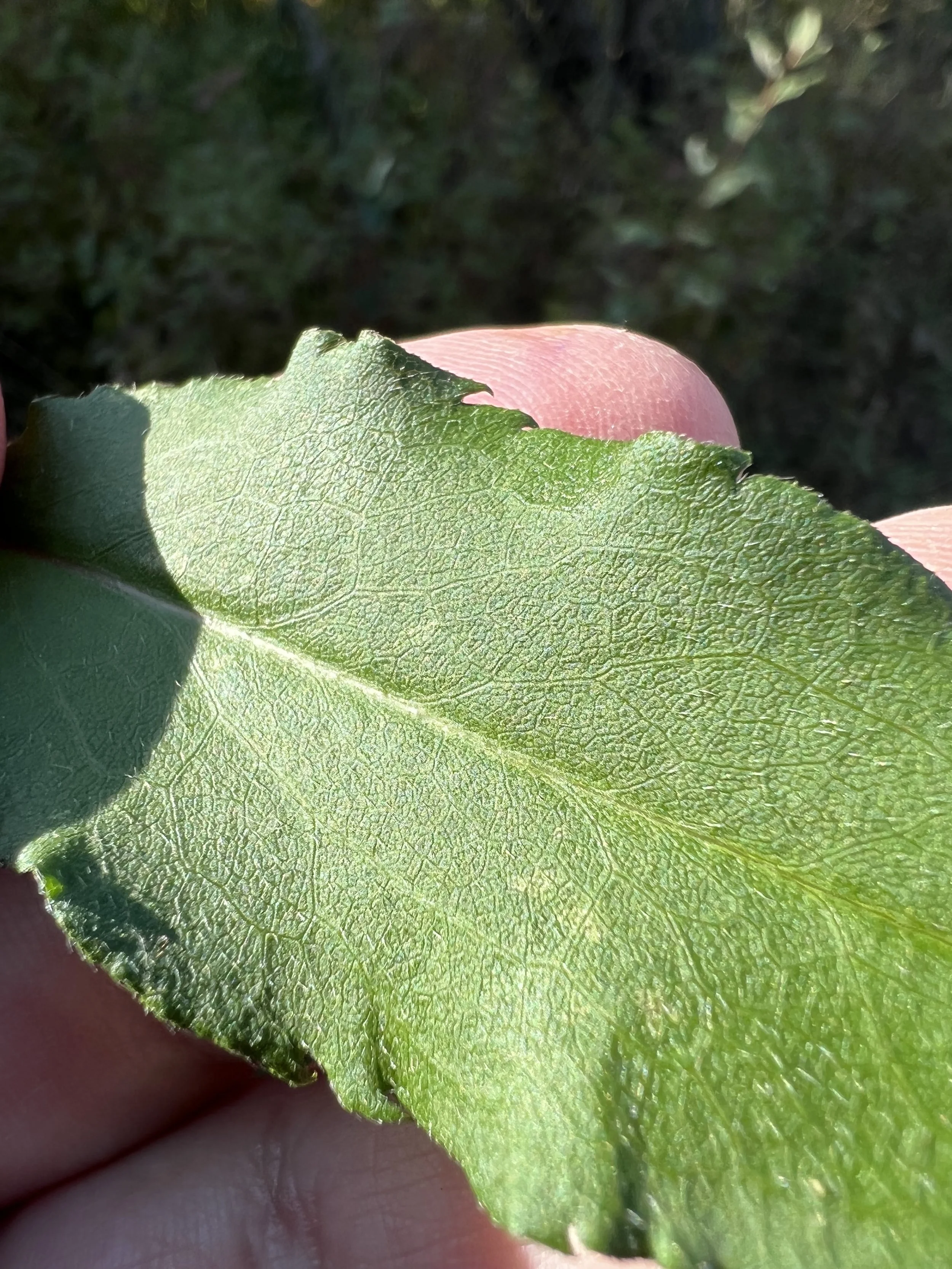 Image 4 of 6
Image 4 of 6

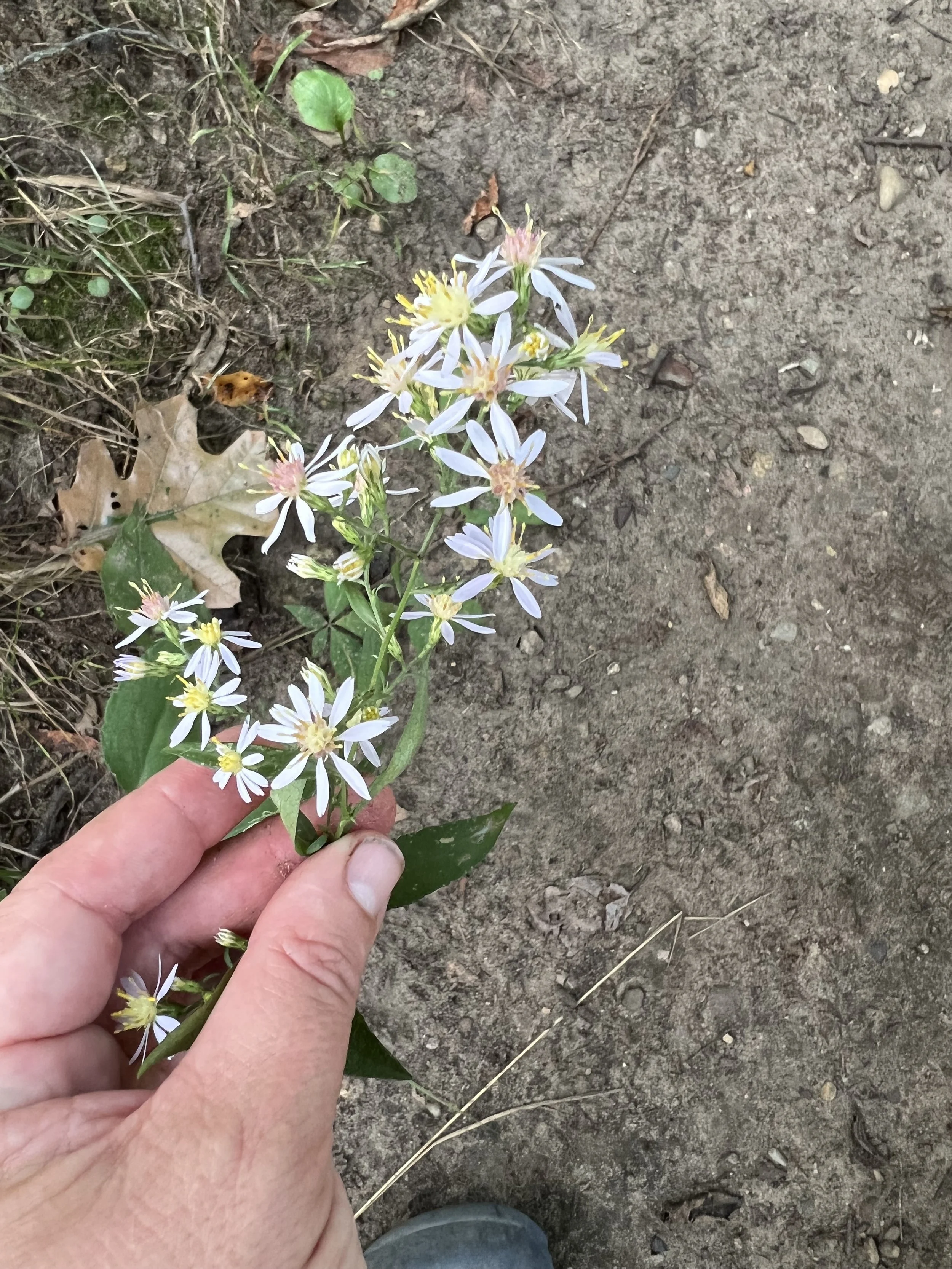 Image 5 of 6
Image 5 of 6

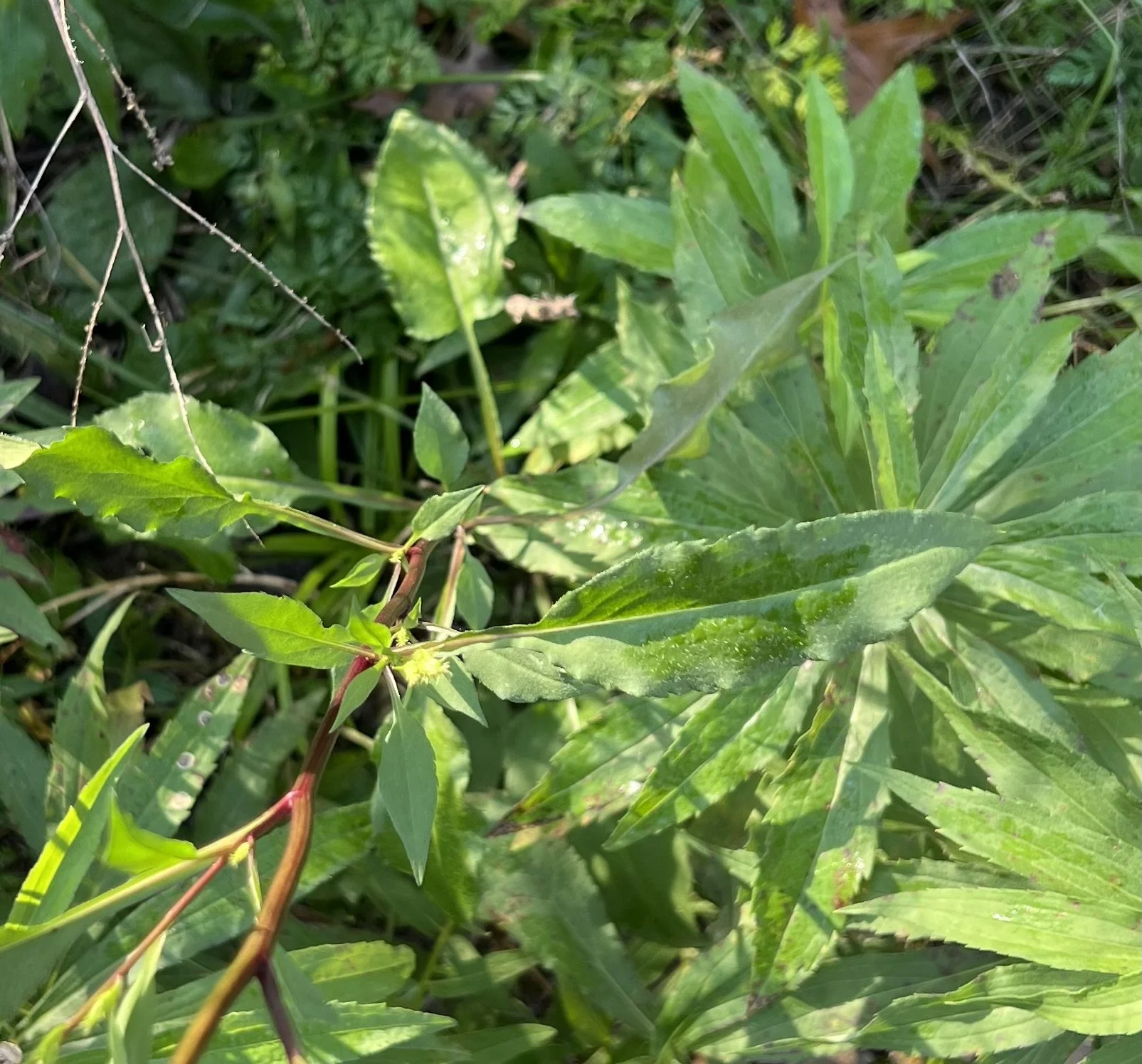 Image 6 of 6
Image 6 of 6







Arrow-leaved Aster (Symphyotrichum urophyllum)
from $3.50
Sold Out
Arrow-leaved aster is found throughout the state of Michigan. It is a plant of drier areas and dappled light, or part shade on the edge of a forest. It can also be found in full sun.
We’re working on our dry shade offerings here at Wild Ginger Woodlands, so expect to see more in 2026 and beyond!
At first glance, an encounter with this species is unlikely to stand out, as it is one of several asters with small white flowers native to Michigan. It stands two to three feet tall. But upon inspection of the leaves you will see that especially the lower leaves are quite long and the petioles (leaf stems) have wide wings. If you are familiar with heart leaf aster and northern heart leaf aster, these also have winged petioles.
The clusters of flowers are large and diamond or pyramid shaped. New flowers are yellow in the center. After pollination, they turn pink.
The benefit to gardeners of arrow-leaved aster is that it does not have rhizomes where many of the fall forest asters do.
Asters, are keystone species due in part to the critical time of year they flower, and the number of insects that use them. Every native planting should contain asters, or goldenrods, or both.
Arrow-leaved aster (Symphyotrichum urophyllum)
Michigan Flora reference page for state distribution: Arrow-leaved aster
Height: 1-3’
Bloom time: Sept-Oct
Soil: medium to dry, loam, clay
Sun: part sun
Plant spacing: 1-2’
Flower: white
Life cycle: perennial
Family: Asteraceae
Seed source: Michigan
Sizes:
Get notified by email when this product is in stock.
Arrow-leaved aster is found throughout the state of Michigan. It is a plant of drier areas and dappled light, or part shade on the edge of a forest. It can also be found in full sun.
We’re working on our dry shade offerings here at Wild Ginger Woodlands, so expect to see more in 2026 and beyond!
At first glance, an encounter with this species is unlikely to stand out, as it is one of several asters with small white flowers native to Michigan. It stands two to three feet tall. But upon inspection of the leaves you will see that especially the lower leaves are quite long and the petioles (leaf stems) have wide wings. If you are familiar with heart leaf aster and northern heart leaf aster, these also have winged petioles.
The clusters of flowers are large and diamond or pyramid shaped. New flowers are yellow in the center. After pollination, they turn pink.
The benefit to gardeners of arrow-leaved aster is that it does not have rhizomes where many of the fall forest asters do.
Asters, are keystone species due in part to the critical time of year they flower, and the number of insects that use them. Every native planting should contain asters, or goldenrods, or both.
Arrow-leaved aster (Symphyotrichum urophyllum)
Michigan Flora reference page for state distribution: Arrow-leaved aster
Height: 1-3’
Bloom time: Sept-Oct
Soil: medium to dry, loam, clay
Sun: part sun
Plant spacing: 1-2’
Flower: white
Life cycle: perennial
Family: Asteraceae
Seed source: Michigan

